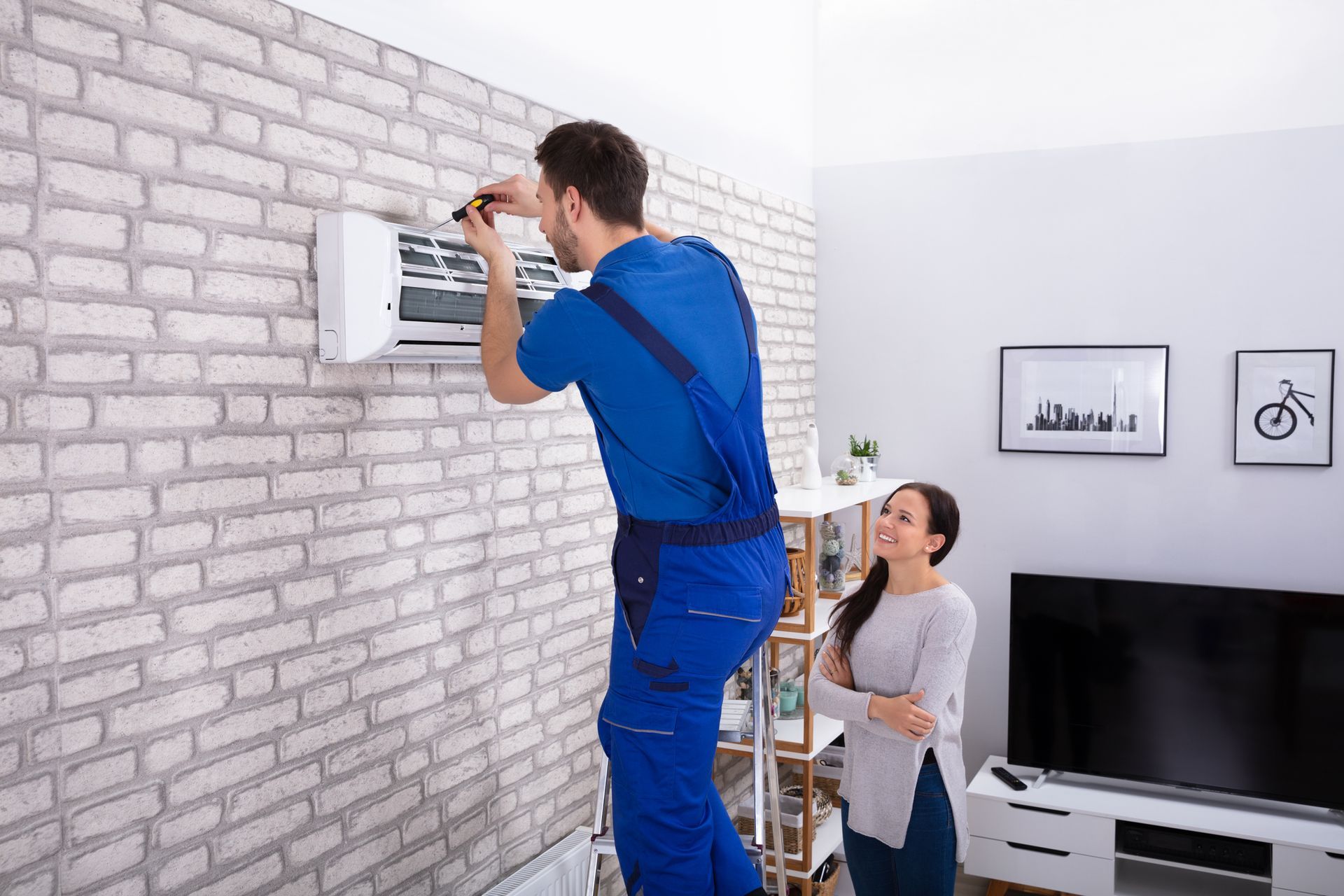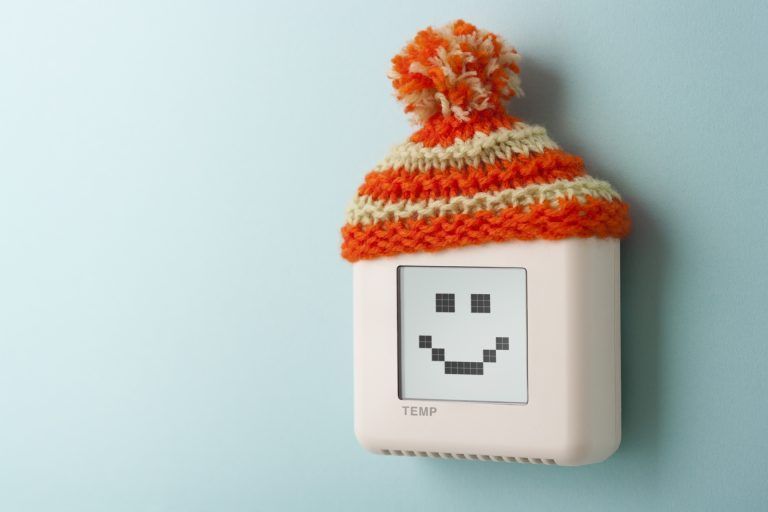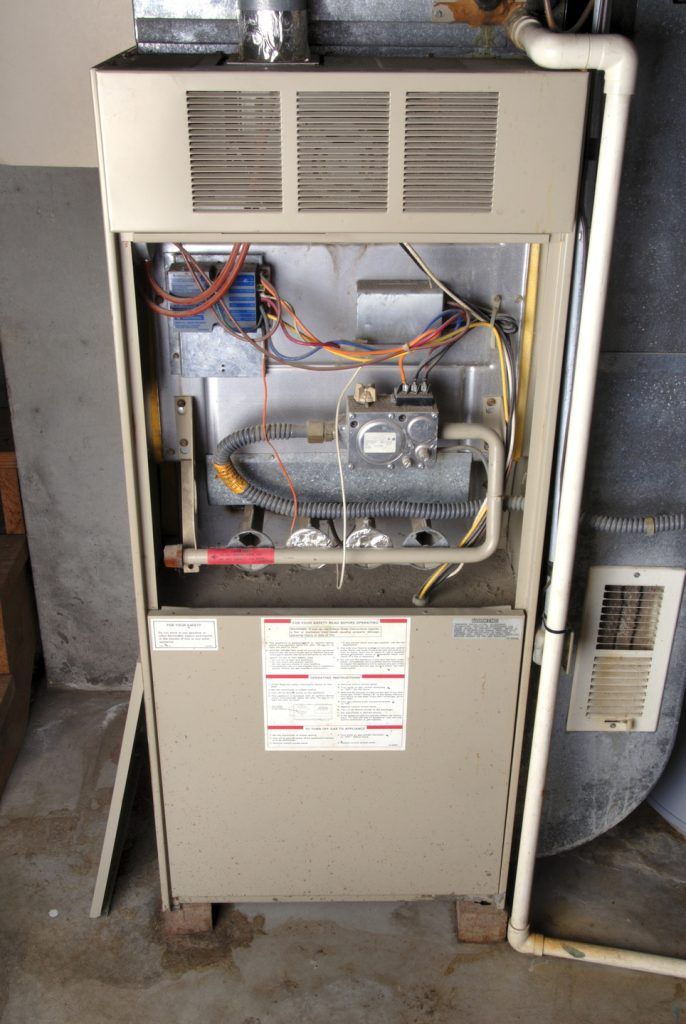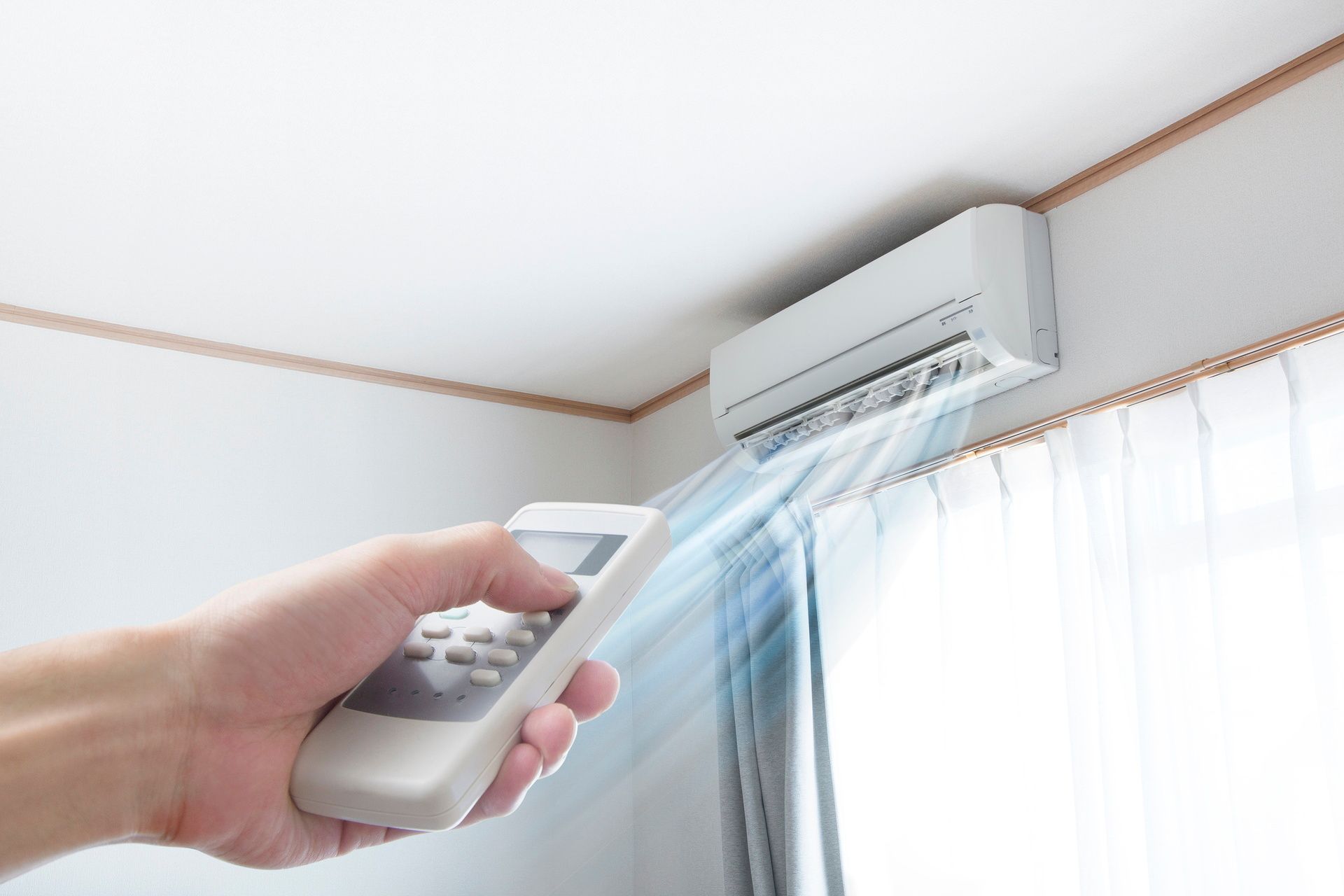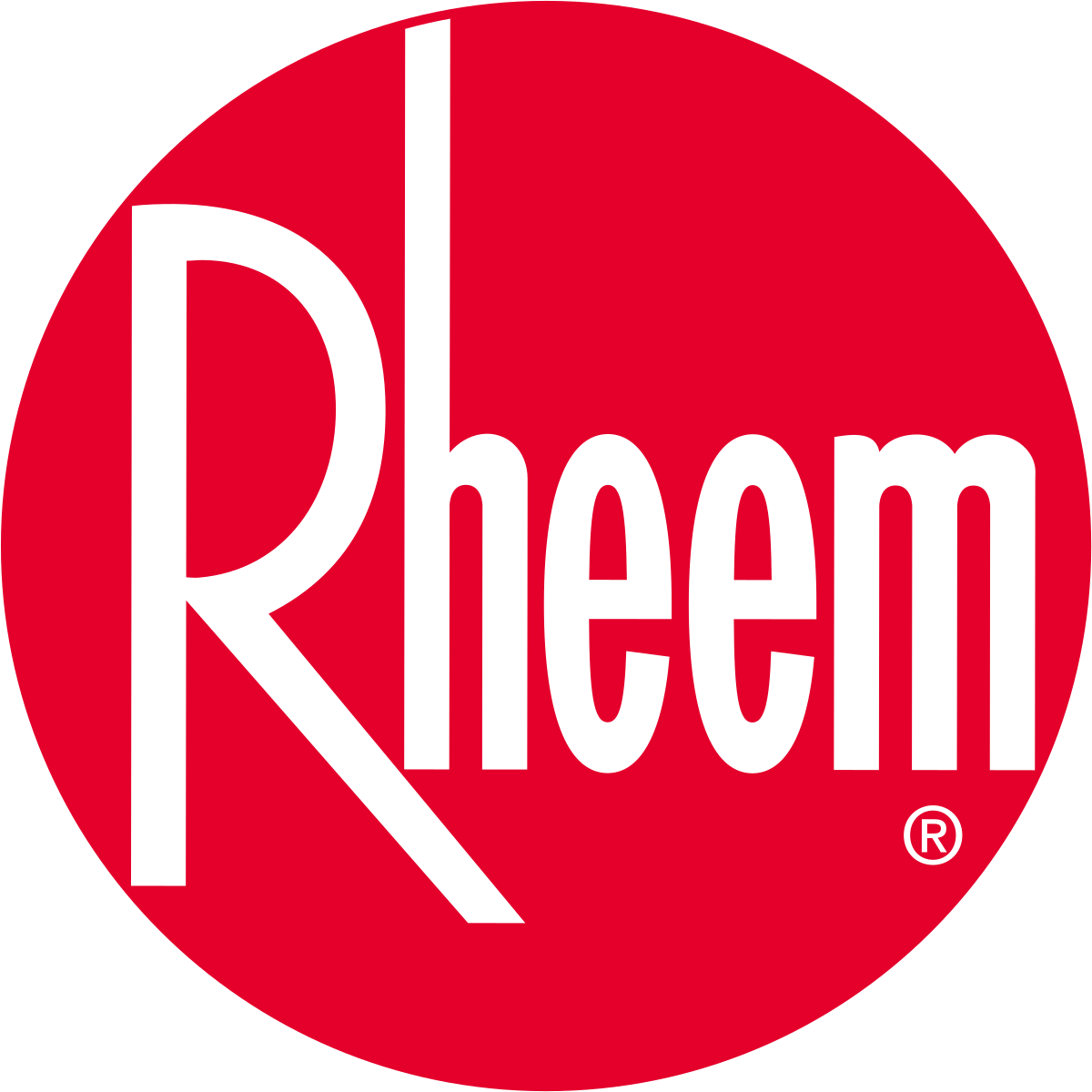If you’re thinking about installing a new heating system in your home, you have a variety of options. Even if your current heater worked great for its entire lifespan, there may still be a better option on the market. Since heaters can last for anywhere between 15 and 30 years, there is a good chance that technology has changed a lot since you last had a heater installed.
When you need service for heating in Beavercreek, OR , our team is here to help. Keep reading to learn more about the types of heaters that we install.
Furnace
Under the furnace category you have a variety of options. Aside from different brands, you can also choose between a gas or electric furnace. Gas furnaces are a popular since they provide heat quickly. Electric furnaces can take longer to heat up and use more energy so they may cost more to operate.
No matter what type of furnace you choose, you can always upgrade to a high-efficiency model that can save you money over the life of the unit by lowering energy costs for heating. While it costs more up front to get a high-efficiency heater, the savings over the life of your heater can easily exceed the initial expense.
Heat Pump
A heat pump connects to a network of ducts located in your attic or basement. Heated air travels through these ducts and blows out into your home. A heat pump doesn’t use an igniter or heating elements to provide heat for your home. Instead, it uses refrigerant similar to the way an air conditioner does. The refrigerant just moves in reverse to bring heat into your home from the outside.
The one potential downside to a heat pump is that it may struggle with heating your home on the coldest days of winter. In this case we can install a small add-on furnace alongside your heat pump to provide additional heat. We call this a dual-fuel system.
Ductless Heating
Ductless heating is similar to a heat pump. The operation is the same, but instead of ductwork you have miniature units attached along the ceiling in each room of your home. Ductless heating is efficient and can cut your energy costs by as much as 50%. Additionally, you can customize temperatures across your home in each room since each unit operates independently of the others.
High Velocity Heating
If you’ve never had central heating before, the process of installing ductwork can be a hassle. Oftentimes we have to cut out portions of the walls or floors to accommodate the ductwork. If you want to skip out on that or you have limited space for ductwork, a high velocity heater may be a better option. It works similarly to a central heater, although it has more power and pushes heat through a network of smaller tubes and flexible ducts. This can eliminate the need to do any type of renovations to your home to accommodate a central heater.
Please call Sydni, our Office Extraordinaire, to schedule your next appointment ! The Clean Air Act team will take care of you from there!
The post Some of Your Options for More Energy-Efficient Heating first appeared on Clean Air Act Inc..



